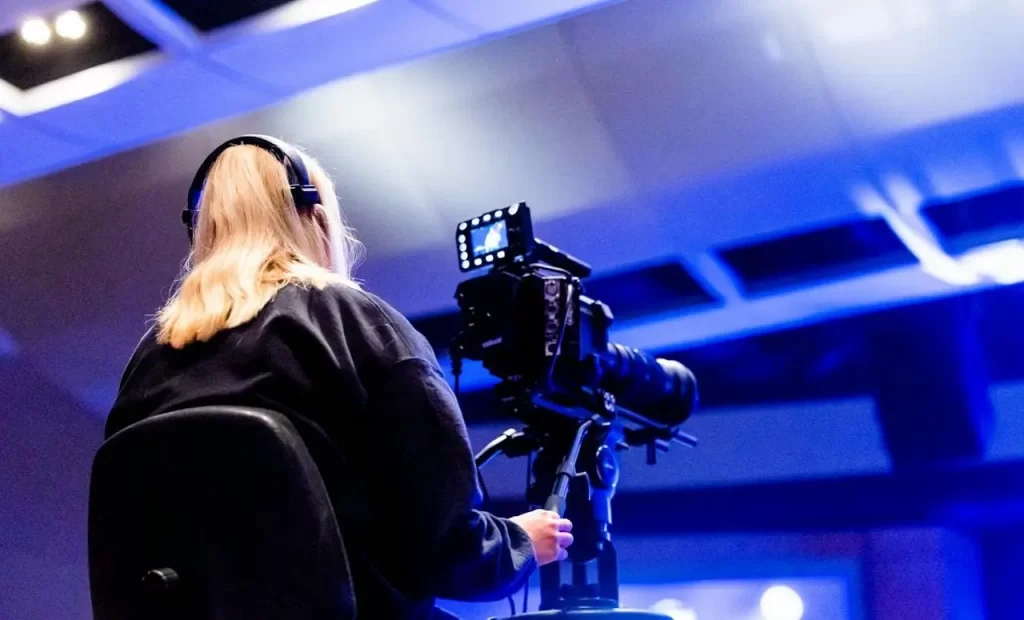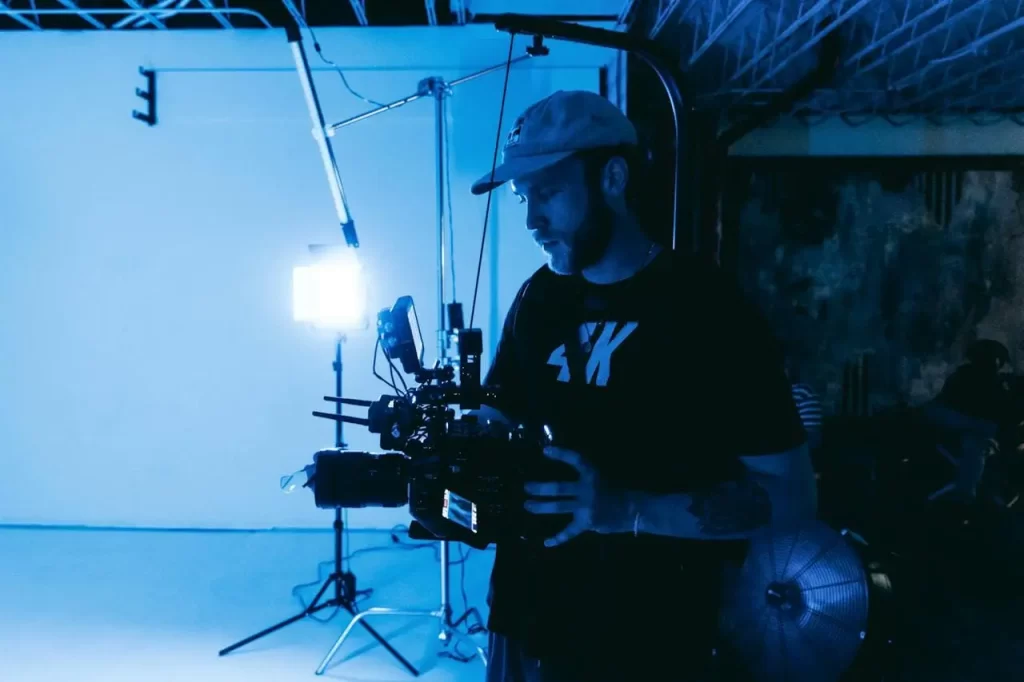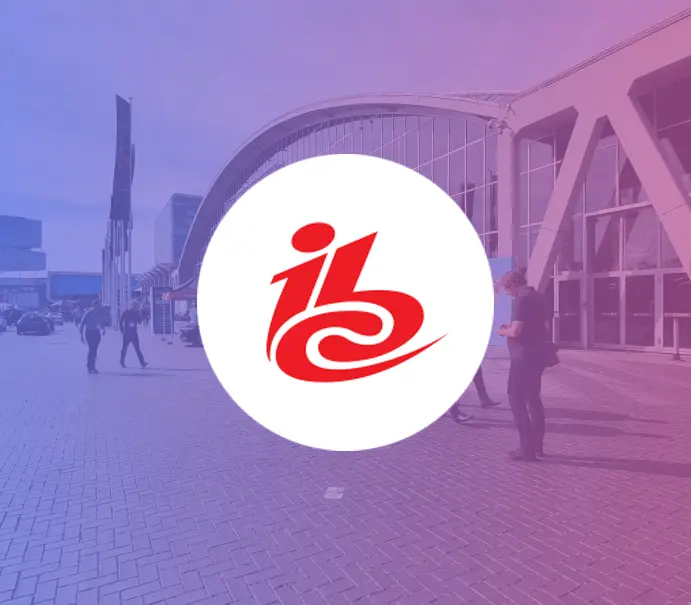As the Media & Broadcast Industry navigates the digital era, reaching and retaining target audiences poses new challenges. Broadcast professionals are on their toes to keep up with the changing trends and adopt the latest technology solutions for better-than-before content production & distribution.
Understanding the current market opportunities, exploring new broadcast trends, identifying cost-effective CAPEX models, and developing innovative business plans to align with changing content consumption patterns can help you stay ahead of your competitors.
This article explores three new trends in broadcasting that are reshaping the media & broadcast industry: Cloud-Based media production solutions, streamlining AI Integration, and the evolution of immersive experiences.

1. Cloud-based media production solutions:
Imagine shutting down a broadcasting platform because your audience quickly lost interest due to slow content delivery. Whether it’s slow streaming or delayed releases, it can hinder content producers from effectively reaching and maintaining their audience.
The growing need for accelerated content creation and the shift towards remote production has increased the adoption of cloud-based media production, making it a profitable choice for those seeking to reduce the turnover time in content production. Some other perks include global collaboration and expedited content distribution across different platforms.
Looking ahead, the integration of cloud-based technologies into media production is inevitable. The scalability and flexibility of cloud infrastructure empower content creators with the ability to adapt to evolving demands.
More over, Cloud-based storage plays a pivotal role in enhancing accessibility, security, and data management within media workflows. Its centralized nature streamlines collaboration, simplifying content creation and contributing to an organized production pipeline.
Companies like Live U offer a variety of production services rooted in the cloud. They combine the power of 5G networks and AI to offer live coverage across different genres.
Amazon Nimble Studio is another brand that is revolutionizing the Broadcast world. It has enabled animators and VFX professionals to establish cloud-driven studios and utilize on-demand rendering services, data storage, and virtualized workstations. As the 5G network becomes prevalent, the media industry is more likely to incline towards cloud-based media solutions.

2. Streamlining AI Integration:
If you have been on the internet recently, you would realize that Artificial Intelligence has ascended from serving superficial purposes to addressing the core issues in the Media & Broadcast Industry. Brands have started using generative AI to generate unique content which includes text, images, and even videos.
Companies like BBC, and Associated Press (AP) have all been using AI-driven tools to facilitate the translation and text-to-voice processes. The technology has helped them achieve high-quality translations of video content across multiple languages. It has also reduced the costs associated with manual transcription and translation.
Other uses include automating various stages of the broadcast production workflow. From pre-production to post-production, AI algorithms are streamlining tasks such as scriptwriting, video editing, and even content curation.
Automated editing software powered by AI can analyze vast amounts of footage to select the most relevant and captivating moments, reducing the time and effort traditionally spent on manual editing.
In addition to content creation and production, artificial intelligence is also providing advanced analytics for media companies. Machine learning algorithms can analyze viewer behavior, preferences, and engagement patterns across different platforms. This data-driven approach enables companies to tailor their content strategies to the preferences of their audience.

3. Evolution of immersive experiences:
Although Immersive media is yet to mature, its potential benefits are already visible in the media industry. VR and AR are helping brands enhance their user experience through an immersive environment that leaves a lasting impact on the users. It’s one of the new trends in broadcasting which is paving the way for the companies to create virtual studios and sets, reducing the need for physical setups.
Take Nat Geo’s ‘Beyond King Tut: The Immersive Experience’ . The VR shares the wonders of King Tutankhamun’s tomb worldwide through an immersive and educational lens. The users were left spellbound by the 3D space as they could deeply explore and engage with historical artifacts.
Moreover, Companies like StYpe have revolutionized the industry with their XR workflow by incorporating camera tracking solutions. Stype’s camera tracking technology allows for the seamless integration of virtual elements into real-world broadcasts, creating a more immersive visual experience.
Additionally, graphical solutions from companies like Zero Density, BrainStorm, and ViZrt further contribute to the realism of virtual environments, providing broadcasters with powerful tools to enhance their storytelling capabilities. These technologies collectively enable the creation of virtual sets and studios and offer a cost-effective and flexible alternative to traditional setups.
In a nutshell: Future of Broadcast Media
In 2024, the new trends in broadcasting will be backed up by innovation and user-centricity. The Cloud-based solutions will help brands prioritize flexibility and efficiency, while AI integration will propel them into intelligent content creation and decision-making.
Not to mention that immersive experiences will help the users explore content like never before. Together, these trends will not only redefine industry standards but also shower us with enriching content.
Seeking a transformation in your media production workflows, then
Talk to our experts.



